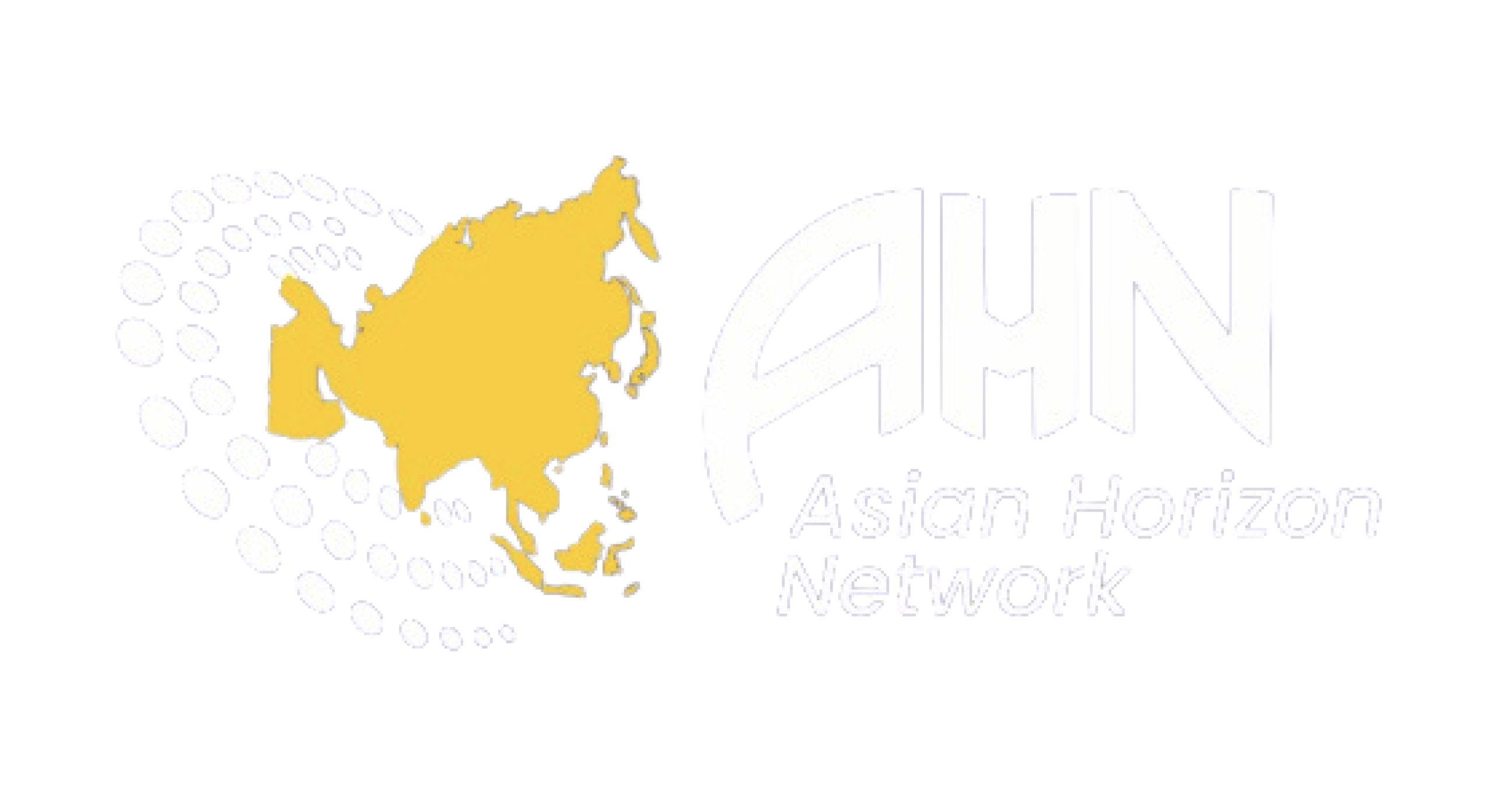Economy
Indian manufacturing ends strong 2024 with a soft note, Dec PMI at 56.4
Published On Thu, 02 Jan 2025
Devansh Mehta
0 Views
India's manufacturing sector continued to show signs of slowing in December 2024, with the Purchasing Managers' Index (PMI) dropping to 56.4 from 56.5 in November, according to the HSBC Final India Manufacturing PMI, compiled by S&P Global. This marked the joint weakest growth rate of the year.
Despite the slight decline, the PMI remained well above its long-term average of 54.1, indicating a solid pace of growth. The report noted that manufacturing activity, while robust, ended 2024 on a softer note, reflecting a moderating trend in the industrial sector. New order growth was the slowest of the year, hinting at potential future production slowdowns. However, there was a notable uptick in export orders, which grew at the fastest pace since July. Input price pressures eased slightly, providing some relief after a year of elevated costs that strained manufacturers.
The PMI had earlier dropped to 56.5 in November, down from 57.5 in October, reaching an 11-month low and signaling a deceleration in manufacturing growth. Even with this slowdown, the PMI stayed above 50, the threshold indicating expansion. Rising competition and heightened input cost inflation, which hit its highest level since July, contributed to the deceleration. Additionally, selling prices saw their sharpest increase since October 2013.
Understanding Manufacturing PMI
The Manufacturing PMI is an economic metric that tracks activity levels in the manufacturing sector. Derived from surveys of purchasing managers, it offers insights into production, new orders, employment, supplier performance, and inventory levels. As a leading economic indicator, the PMI helps businesses, policymakers, and investors assess manufacturing trends and overall economic health.
GDP Growth Weakens
India's GDP growth slowed to 5.4% in the second quarter of FY25, its weakest in nearly two years. Key contributors included sluggish manufacturing growth at 2.2% and reduced private consumption amid high inflation and borrowing costs. Inflation exceeded the Reserve Bank of India's (RBI) 4-6% target range, eroding purchasing power, while government spending declined due to fiscal constraints in an election year.
Urban demand was dampened by high food prices and weak wage growth, although rural consumption showed signs of recovery. The agriculture sector grew by 3.5%, recovering from a prolonged slowdown.
In light of these challenges, the RBI revised its annual growth forecast to 6.6% from 7.2%, reflecting a cautious outlook on economic momentum. Policymakers are tasked with balancing inflation control against the need to stimulate demand.
Disclaimer: This image is taken from Business Standard



